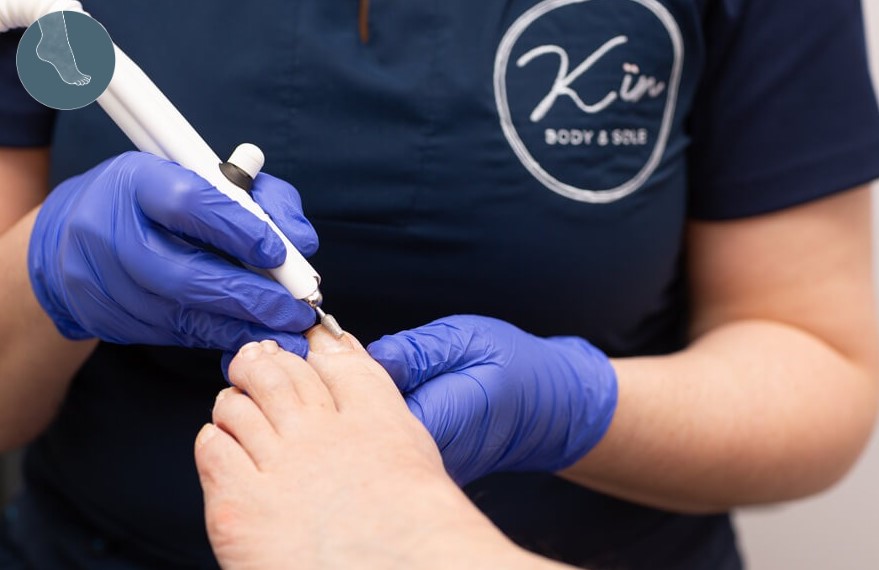Your feet carry you through life—literally. Each day, they absorb thousands of pounds of pressure, adapt to uneven surfaces, and support your entire body weight. Yet most people only think about foot care when pain becomes unbearable or a problem visibly worsens. By then, what might have been a simple issue has often progressed into something requiring extensive treatment.
Understanding when foot problems warrant professional attention can save you from unnecessary discomfort, prevent complications, and preserve your mobility as you age. While some minor issues resolve with rest and basic home care, others benefit significantly from expert assessment and treatment. Knowing the difference—and finding a qualified York chiropodist when you need one—ensures your feet receive the specialized care they deserve before small problems become major limitations.
What Chiropodists Actually Do
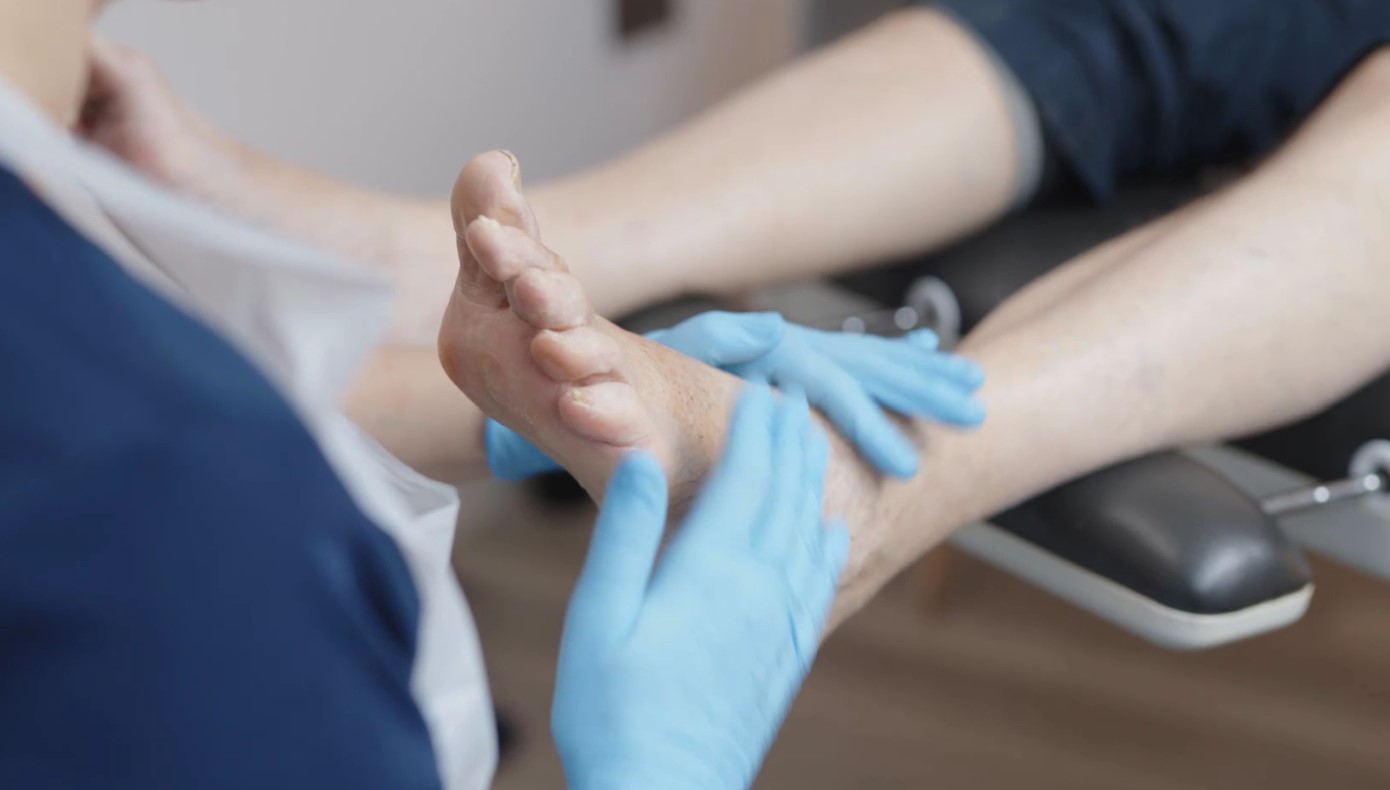
Many people confuse chiropodists with podiatrists or assume they only treat elderly patients. In reality, chiropody (also called podiatry in many regions) encompasses comprehensive foot and lower limb care for people of all ages.
Scope of Practice
Chiropodists are trained to diagnose and treat a wide range of conditions affecting the feet, ankles, and lower legs. Their expertise includes:
- Treating skin conditions like corns, calluses, and verrucae (plantar warts)
- Managing nail problems, including ingrown toenails and fungal infections
- Assessing biomechanical issues that cause pain or abnormal gait patterns
- Creating custom orthotics to correct structural problems
- Providing diabetic foot care to prevent serious complications
- Treating sports injuries affecting the lower limbs
- Offering advice on proper footwear for various activities and conditions
Beyond treatment, chiropodists play a crucial preventive role, identifying potential issues before they cause significant problems and educating patients about proper foot care.
Signs You Should Book an Appointment
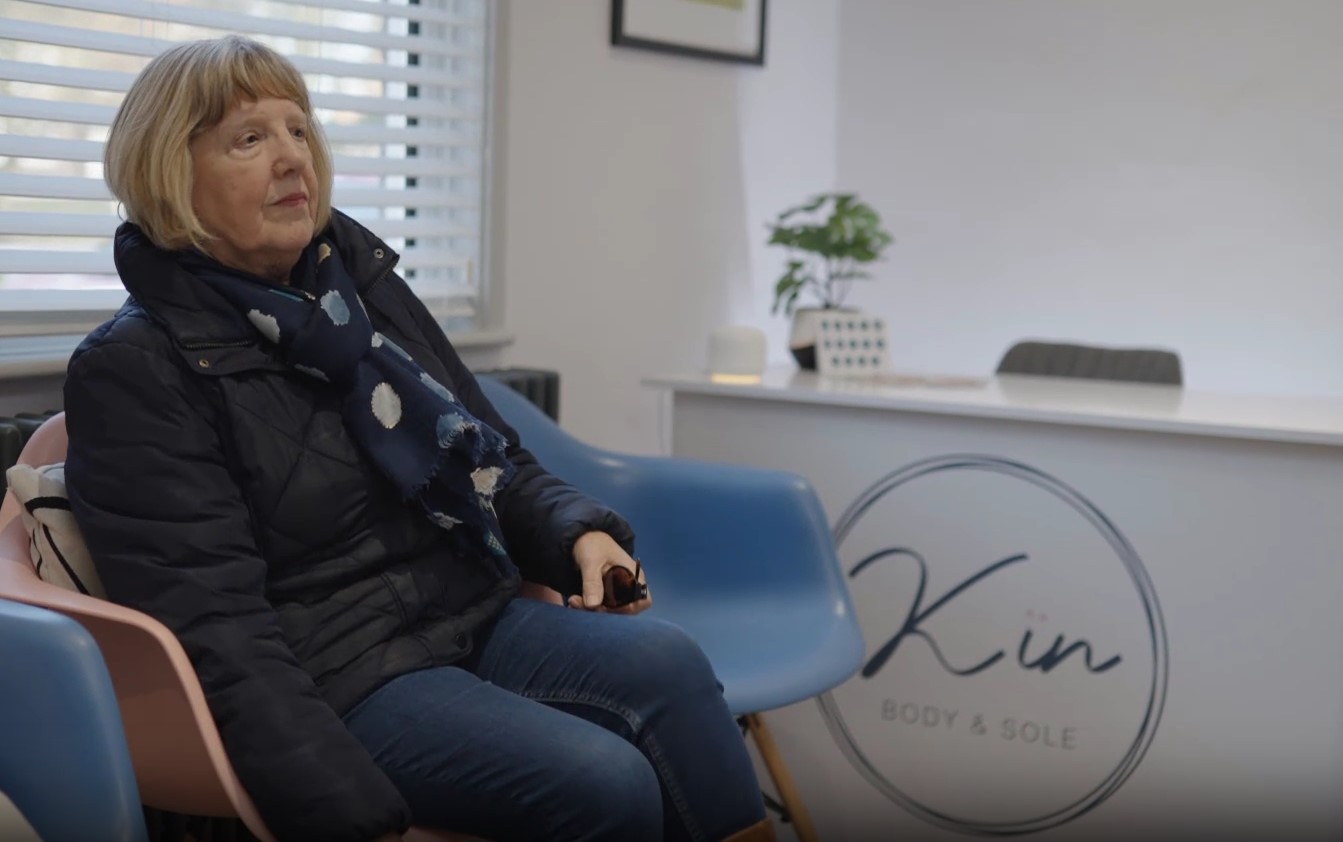
Certain symptoms indicate that a professional assessment would be beneficial, even if the problem seems minor.
Persistent Pain or Discomfort
Occasional foot tiredness after a long day is normal. However, pain that persists for more than two weeks, worsens with activity, or disrupts your sleep suggests an underlying issue requiring attention. This includes:
- Sharp heel pain, especially first thing in the morning (potentially plantar fasciitis)
- Burning sensations in the ball of your foot (possibly Morton’s neuroma)
- Aching arches that don’t improve with rest
- Joint pain in your toes or ankle
Ignoring persistent pain often leads to compensatory movement patterns that create problems elsewhere—in your knees, hips, or even your back.
Changes in Skin or Nail Appearance
Your feet’s appearance provides valuable clues about their health. Seek professional evaluation if you notice:
- Discolored toenails: Yellow, brown, or white discoloration may indicate fungal infection, which becomes harder to treat the longer it persists
- Thickened or crumbling nails: These changes suggest chronic fungal infection or nail dystrophy
- Painful corns or calluses: While some thickening is normal with pressure, painful hard skin indicates abnormal pressure distribution that requires correction
- Unusual growths or lesions: Any unexplained lumps, bumps, or changes in existing moles warrant prompt assessment
Diabetic Foot Concerns
If you have diabetes, regular chiropody appointments aren’t optional—they’re essential preventive care. High blood sugar can damage nerves (neuropathy) and blood vessels, reducing sensation and healing capacity in your feet. This combination means minor issues can rapidly progress to serious infections or ulcers.
See a chiropodist immediately if you have diabetes and notice:
- Any cuts, blisters, or breaks in the skin
- Changes in foot color or temperature
- New areas of numbness or tingling
- Swelling that doesn’t resolve
- Any signs of infection (redness, warmth, discharge)
Gait or Balance Issues
How you walk affects your entire body. If you’ve noticed yourself limping, avoiding certain movements, or feeling unstable, a biomechanical assessment can identify the root cause. Often, subtle structural issues in the feet—like overpronation or leg length discrepancies—create problems that manifest as knee pain, hip discomfort, or lower back issues.
Children’s feet deserve particular attention during growth periods. If your child complains of persistent leg pain, walks unusually, or seems clumsy beyond typical developmental clumsiness, assessment can determine whether intervention might prevent long-term issues.
Common Conditions Chiropodists Treat
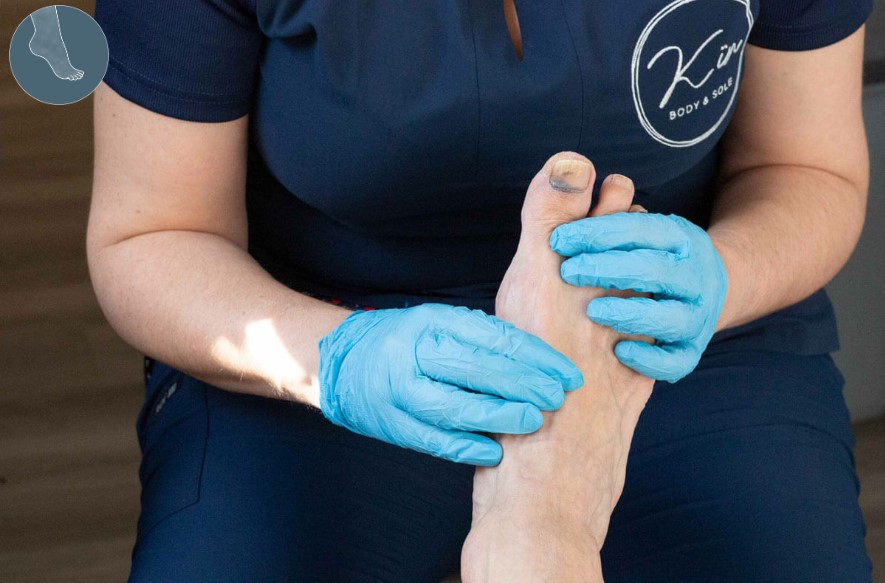
Understanding the range of treatable conditions helps you recognize when professional care could help.
Ingrown Toenails
These painful conditions occur when the nail edge grows into the surrounding skin, causing inflammation, pain, and sometimes infection. While home remedies often fail, chiropodists can provide immediate relief through partial nail removal and advice to prevent recurrence.
Verrucae (Plantar Warts)
These viral infections appear as rough, grainy growths on the soles of your feet. Though often harmless, they can be painful and spread to others. Professional treatment options—including cryotherapy, acid treatments, or needling procedures—are more effective than over-the-counter remedies.
Biomechanical Problems
Issues like flat feet, high arches, or abnormal gait patterns often benefit from custom orthotics. Unlike generic insoles, custom devices are created based on a detailed assessment of your specific foot structure and movement patterns, addressing the root cause rather than just symptoms.
Athlete’s Foot and Fungal Infections
These persistent infections rarely resolve completely without proper treatment. Chiropodists can prescribe stronger antifungal medications and identify contributing factors—like footwear choices or excessive moisture—that prevent recurrence.
Choosing the Right Practitioner
Not all foot care is equal. When selecting a chiropodist, consider these factors:
- Qualifications: Ensure they’re registered with the appropriate professional bodies
- Experience: Particularly with your specific concern, whether diabetic foot care, sports injuries, or pediatric issues
- Approach: Look for practitioners who explain conditions clearly and involve you in treatment decisions
- Accessibility: Regular visits are easier to maintain when the clinic is conveniently located
FAQ Section
How often should I see a chiropodist?
For people without specific foot problems, annual check-ups are generally sufficient for preventive care. However, those with diabetes should have professional foot examinations every 3-6 months, or more frequently if problems exist. People with chronic conditions like arthritis, recurring nail problems, or biomechanical issues may need appointments every 6-12 weeks for ongoing management.
Will chiropody treatment hurt?
Most chiropody treatments are comfortable or involve only minimal discomfort. Procedures like nail cutting, callus reduction, and corn removal are typically painless. Even treatments for ingrown toenails are performed with local anesthetic when needed. Your chiropodist will explain what to expect and ensure you’re comfortable throughout treatment.
Can chiropodists prescribe medication?
Chiropodists in the UK can prescribe certain medications related to foot conditions, including topical antifungals, antibiotics for skin infections, and some pain medications. The specific prescribing rights depend on their level of training and registration, with some practitioners having extended prescribing qualifications that allow a broader range of medications.
What’s the difference between a chiropodist and a podiatrist?
In the UK, the terms are essentially interchangeable—both refer to professionals trained in foot and lower limb care. Historically, “chiropodist” was the British term, while “podiatrist” was used elsewhere, but “podiatrist” has become more common globally. Both must be registered with the Health and Care Professions Council (HCPC) to practice.
Do I need a referral to see a chiropodist?
No referral is necessary for private chiropody services—you can book directly. However, if you’re seeking NHS podiatry care, your GP may need to refer you, depending on your local health authority’s policies. Private care often provides faster access and more flexible appointment times.
Conclusion
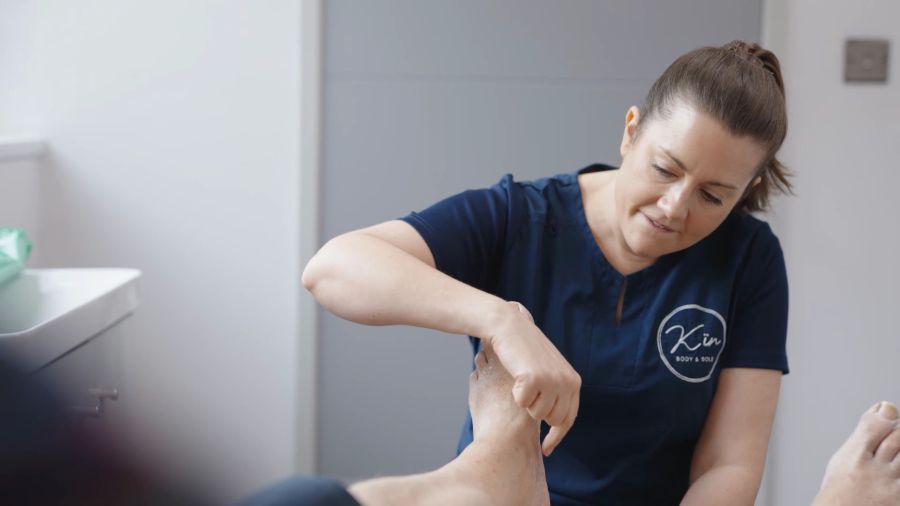
Your feet are foundational to your mobility, independence, and quality of life. While they’re remarkably resilient, problems left unaddressed often worsen, creating complications that are more difficult and costly to treat. Recognizing when professional care would be beneficial—whether for persistent pain, visible changes, preventive assessment, or biomechanical issues—allows you to address problems early and maintain optimal foot health. Don’t wait until minor discomfort becomes debilitating pain. Professional chiropody care offers expertise, effective treatments, and personalized advice that keep your feet healthy and you moving comfortably through all of life’s activities.

